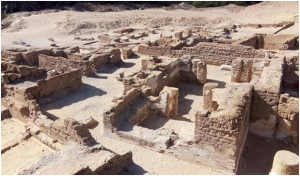
TTT NEWS NETWORK
NEW DELHI | 27 JULY 2025
An Egyptian archaeological mission from the Supreme Council of Antiquities (SCA) has unveiled a significant discovery in the heart of the Western Desert of the remains of the central residential city of Kharga Oasis, dating back to the early Coptic period.
Located in the Ain al-Kharab archaeological site within the Islamic and Coptic archaeological zone, the city offers rare insight into Egypt’s transition from paganism to Christianity.
Among the findings are the ruins of residential structures, churches, and cemeteries, as well as a mural depicting Christ healing a sick person.
Minister of Tourism and Antiquities, Sherif Fathy, described the discovery as a testament to the depth and diversity of Egyptian civilisation during one of its most transformative periods.
“This find enriches our understanding of religious transition in Egypt and highlights the values of tolerance and cultural diversity deeply rooted in our history,” he said. He reaffirmed the Ministry’s continued support for archaeological missions nationwide and commended the achievements of Egyptian teams working to enhance Egypt’s global standing as a cultural tourism destination.
“This discovery is considered as a valuable window into early Christian life in Egypt,” asserted Mohamed Ismail Khaled, Secretary-General of the SCA. He emphasised the importance of the find in shedding light on the beginnings of the Coptic era in Egypt. “Kharga Oasis played a key role as a religious and social hub throughout many historical periods, and this discovery further confirms its significance,” Khaled stated.
He explained that the unearthed structures include mudbrick homes with plastered walls, service areas equipped with daily-use ovens, and storage spaces containing large, fixed pottery jars once used for preserving food and grain. The mission also recovered ostraca, pottery fragments, glass and stone artefacts, burial remains, and a vivid mural illustrating Christ performing a healing miracle.
Seham Ismail, Director General of Antiquities in Kharga and head of the mission, revealed that the team also uncovered the remains of two churches. One is a large basilica-style church featuring a central hall flanked by two aisles, separated by rows of square columns, with service buildings lying to its south. The second church is smaller, rectangular in shape, with remnants of seven exterior columns and Coptic inscriptions still visible on its interior walls. Additional service structures were found on its western side.
Ismail added that findings from previous excavation seasons indicate that the site was used continuously across several historical eras. Roman-era buildings were later adapted for use during the early Coptic period and again in the Islamic era — a testament to the region’s long-standing role as a centre of life and continuity.
This latest discovery further cements Egypt’s Western Oases’ status as historical treasures and reinforces the country’s enduring significance in the region’s religious and cultural narrative.

Advertisement:


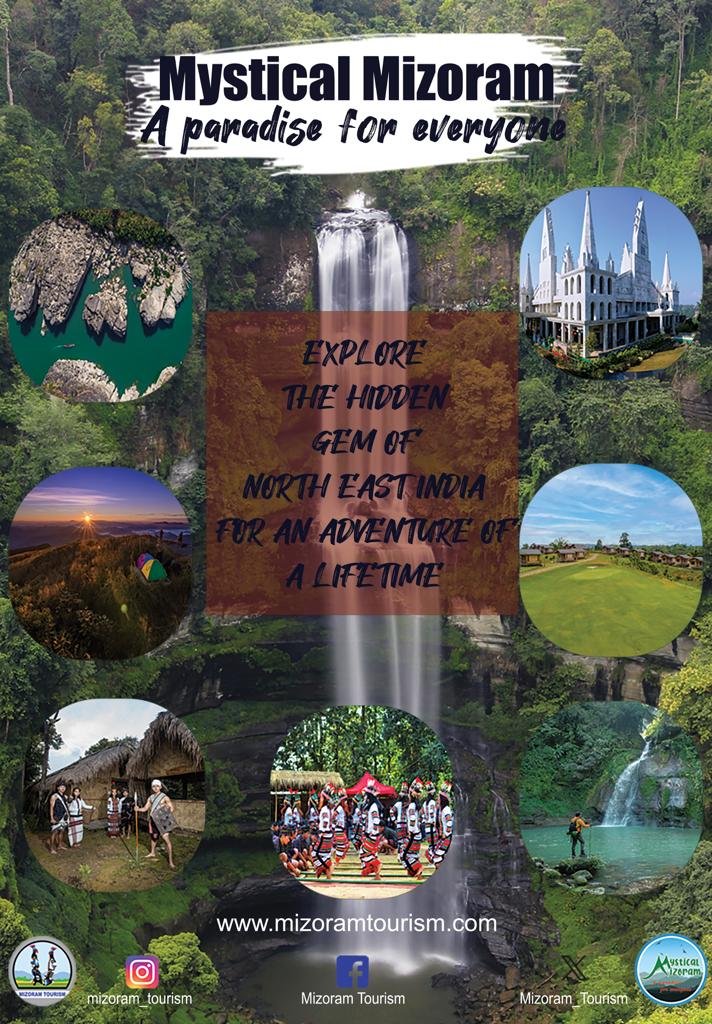

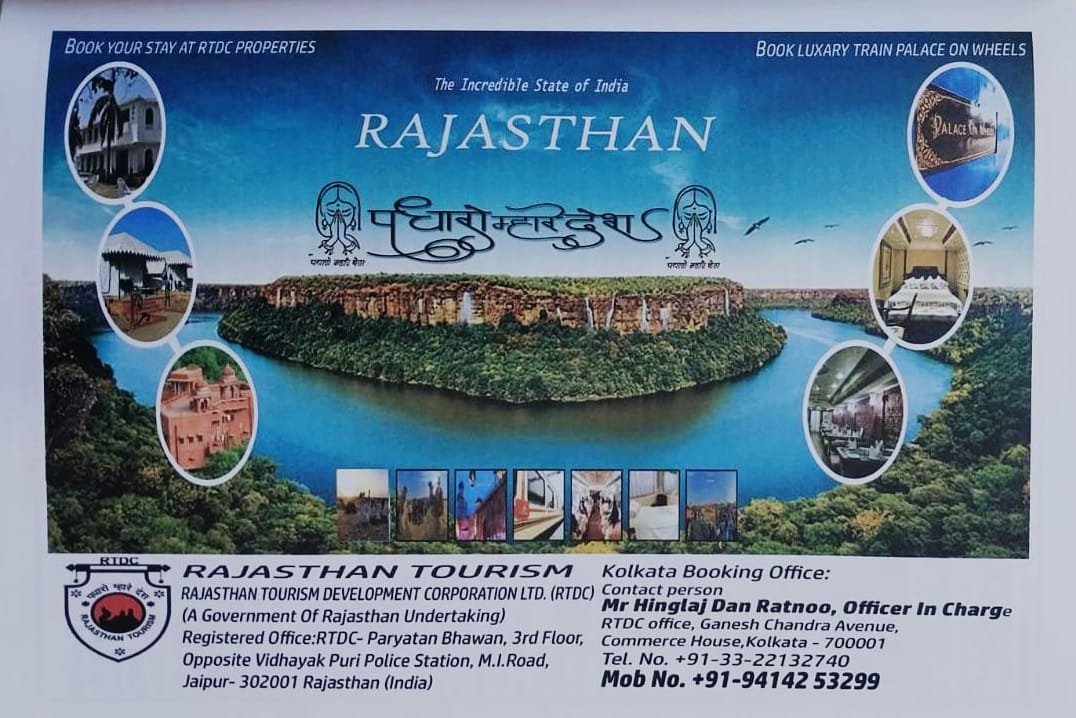









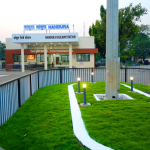






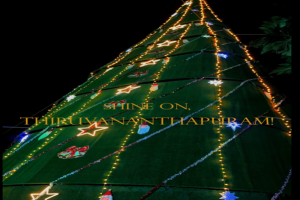








Add Comment